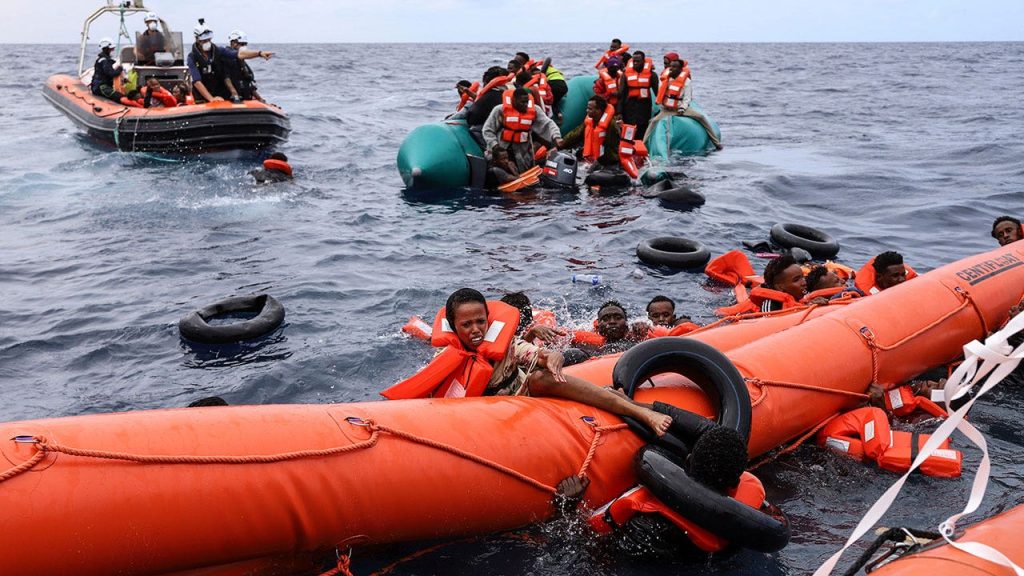European Union nations have endorsed extensive reforms to the bloc’s asylum system, approving 10 legislative parts of The New Pact on Migration and Asylum. The pact aims to address issues that have divided member nations since the influx of over 1 million migrants in 2015. The system lays out rules for handling people trying to enter without authorization, from screening to deportation, and is set to enter force in 2026. The reform package is seen as a way to curb the influence of far-right parties in the June elections, although Hungary and Poland, which oppose hosting migrants, voted against the package.
Europe’s asylum laws have not been updated for two decades and the system broke down in 2015 when migrants swept into Europe, mainly fleeing war in Syria and Iraq. The Schengen Area, where ID checks are not required, has expanded to 27 countries, creating challenges for countries like Greece, Italy, and Malta to handle the financial burden and public discontent. The New Pact on Migration and Asylum is aimed at regulating the asylum process, focusing on those caught crossing an external EU border without permission.
The pact applies to an estimated 300,000 migrants who entered the EU territory without permission, mostly through external borders like those of Greece, Italy, or Spain. The screening process at the border involves identifying health and security risks, determining eligibility for asylum, and deciding whether an applicant should be deported. Those seeking asylum must apply in the EU nation they first enter, undergo a screening process that should be completed within 12 weeks, and stay in reception centers while their application is processed.
The asylum procedure involves applying for international protection, like asylum, and staying in the first EU nation until authorities determine where the application should be handled. Deportation orders are issued automatically when asylum requests are refused, and the process is expected to be completed within 12 weeks, with the help of the EU’s border and coast guard agency. Member nations have obligations to support each other under migratory pressure, with flexible forms of assistance like relocation or financial aid.
Challenges lie ahead in fully enacting the pact and enforcing the new rules, as countries have different stances on migration and may not fully cooperate. The European Commission is expected to present a Common Implementation Plan by June, outlining a path and timeline for the pact’s implementation over the next two years. Hungary, which opposes the reforms, will take over the EU’s presidency in July, raising concerns about the pact’s support and enforcement. Critics of the pact fear it will result in detaining migrants at borders, infringing on their right to claim asylum, and leading to unscrupulous deals with poorer countries to keep people out of Europe.


